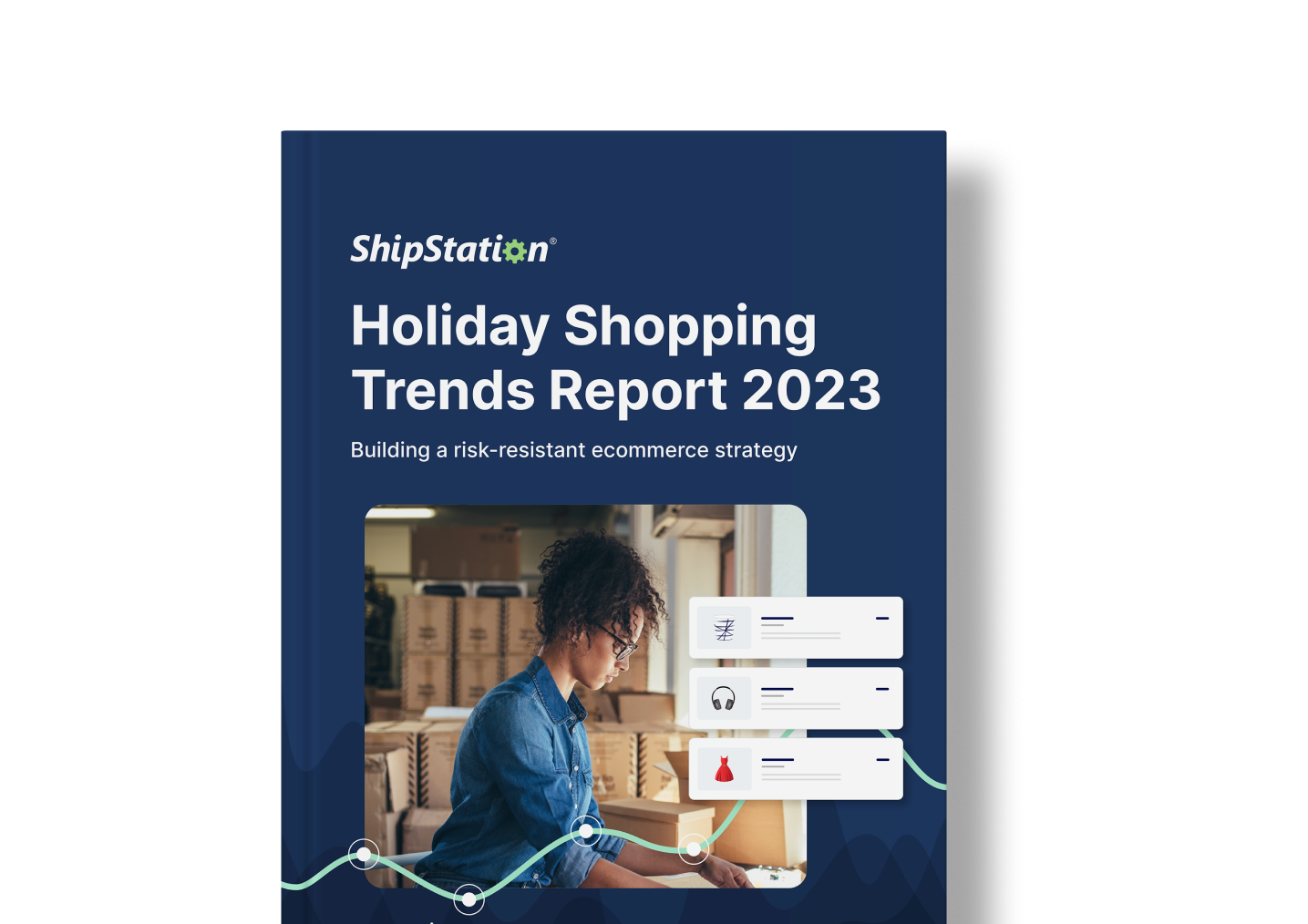Are You Ready to Diversify Your Ecommerce Business?
Contributed by ShipStation partner, Tophatter.
Diversifying where you sell is the future. Even the most successful sellers hit a ceiling if their business is too concentrated. It’s time to explore some of the places your customers shop and implement an omnichannel strategy.
Things to Consider before Diversifying:
If you’re struggling to achieve profitability, take a look at your conversion rate and costs. According to Growcrowd, 2% is the industry benchmark to achieve.
You might feel tempted to raise prices to increase revenue, but be careful. Raising prices often diminishes conversion rates. Healthy conversion of 2% or more is imperative for profits, but it does not necessarily foster growth. Examine your operating expenses: untracked business expenditures and inefficient shipping practices affect your bottom line.
Before approaching new marketplaces, evaluate your inventory and target demographic. Think about your key customer and their buying behavior. Consider where and how they like to shop. What trends do you want to pursue or abstain from? Once you’ve analyzed your goals and existing operations, look into the different selling channels that make sense for your business.
For shoppers, channel loyalty has become a thing of the past—74% of Amazon Prime Day customers investigate competing platforms. The more your customers are exposed to your products on various marketplaces, the more your brand will be top of mind and convenient to purchase. \
Omnichannel Sellers are the Future
Implementing an omnichannel solution will help you reach more customers. You need to reach your customer in as many places as possible. You already have the products shoppers want and business metrics that work. This gives you the flexibility to expand.
The marketplace economy evolves fast. From global expansion to trending product categories, new opportunities emerge every day. Successful sellers learn to develop fast. To seize success, implement a diverse, responsive channel strategy.
Each Marketplace Requires its Own Approach
Constructing an omnichannel ecommerce strategy begins with identifying the right marketplaces. Which of these have you tried?
- Tophatter
- Amazon
- Walmart.com
- eBay
- Jet
- Newegg
- Rakuten
- Cratejoy
- Wayfair
Every marketplace has its own strengths and obstacles for sellers that extend past product categories. Consumers visit Tophatter or Rakuten when they want to save money and make shopping more fun. But the same person heads to Amazon or Walmart, when seeking a specific product or a frictionless path to purchase. Recognize what kind of products and listings are best suited to each platform.
Test, Measure, Assess, & Test Again
As you experiment on new marketplaces you develop a channel acumen. You’ll be able to identify emerging product trends and pivot when needed. An omnichannel approach also sets you up to test different varieties of inventory. Some products in your stock will succeed everywhere, while others won’t. If you’re always testing, you’re always learning. You’ll get a better return on your invested resources, and set yourself up for ongoing success. It’s paramount to diversify to safeguard your business from volatility.
Ready to Start Diversifying?
Are you ready to identify more customers and scale your business? It’s time to embrace an omnichannel selling strategy. I know for sure that one marketplace is always looking for new sellers (hint hint: Tophatter).





